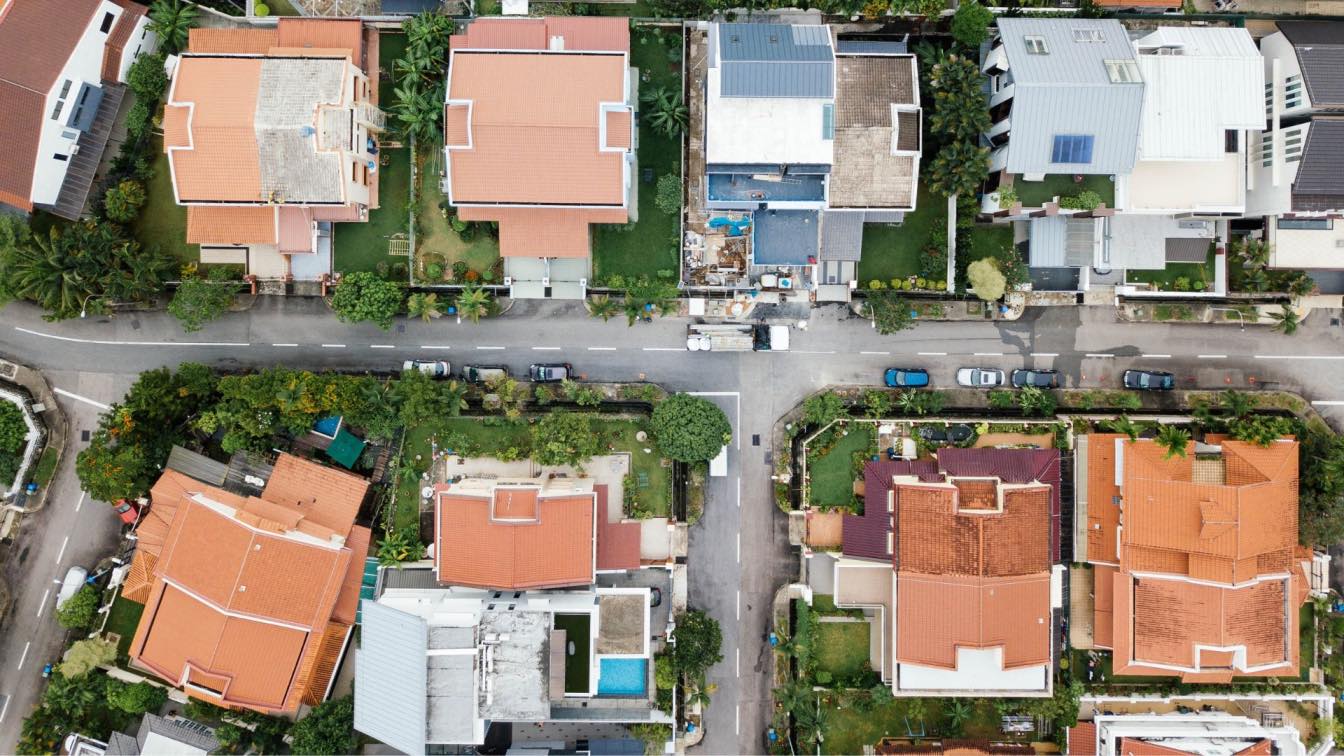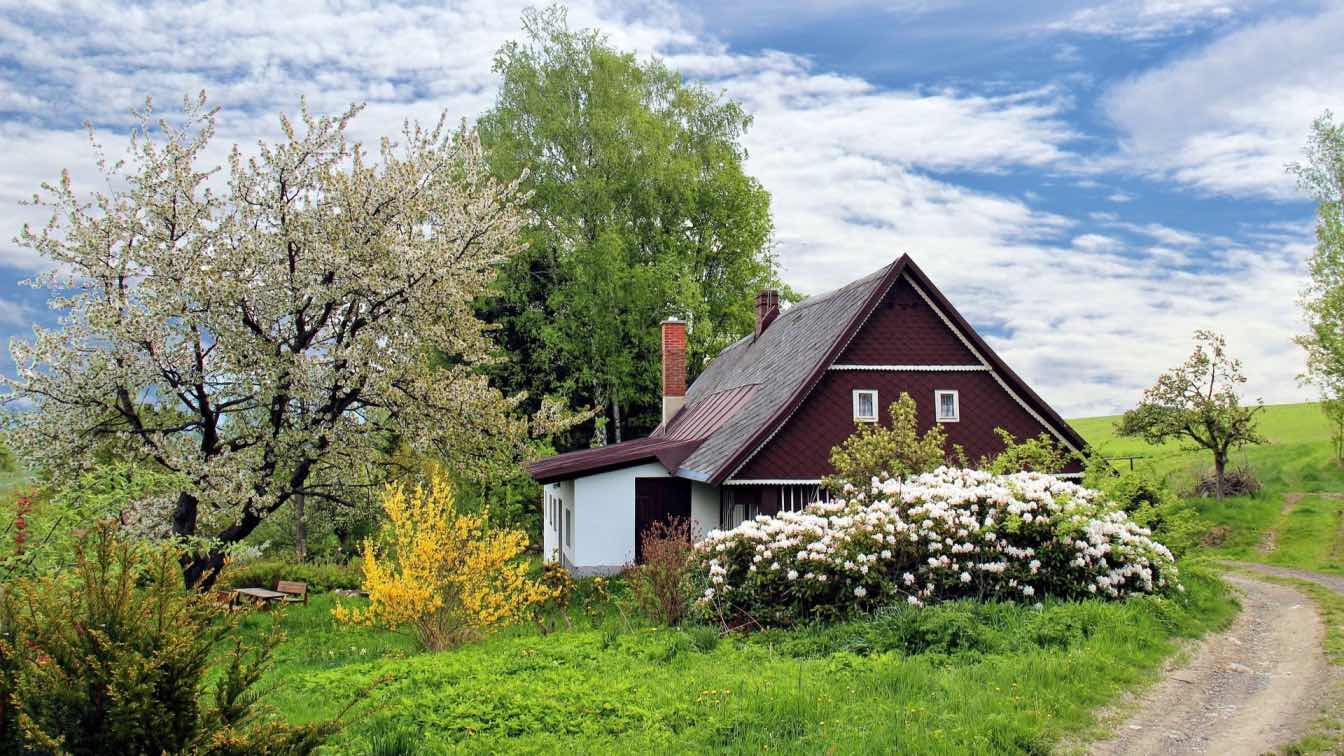When it comes to the safety of your home, addressing roofing risks should be at the top of your priority list. Roofs are exposed to elements and subject to varying weather conditions, making them one of the most vulnerable parts of a structure. Any repairs or maintenance needed must be done promptly in order to prevent further damage that could potentially cause harm or cost thousands in costly repairs down the road.
The importance of addressing underlying roof issues and taking preventive steps cannot be overstated—not doing so can have dire consequences for both the structural integrity and health of any given property.
Throughout this blog post, we will explore just how crucial it is to take action when noticing signs that something isn’t right on our roofs—from knowing what details require attention all the way through specific tips for DIYers as well as times when engaging professional help is absolutely necessary.
Common Causes of Roofing Damage
The roof is one of the most crucial parts of a building, protecting us from the elements and providing us with a sense of safety and security.
Unfortunately, it's also one of the most vulnerable parts of a structure, as it's exposed to harsh weather conditions all year round. Common causes of a damaged roof include severe windstorms, hail, heavy rainfall, and even the weight of accumulated snow. It's not just natural causes that can result in roofing problems, though.
Poor maintenance and installation can also cause problems to arise, as can pest infestations and wear and tear over time. Taking proper care of your roofing is crucial in avoiding costly repairs and ensuring that your roof will last as long as possible.
The Benefits of Early Detection and Repairs
As the saying goes, "An ounce of prevention is worth a pound of cure," and the same principle applies when it comes to home maintenance. Early detection and repairs can save homeowners time, money, and stress in the long run. By addressing issues as soon as they arise, homeowners can prevent larger, more expensive problems from developing.
Plus, regular maintenance and inspections can extend the lifespan of a home and its systems. Not only does this increase the home's value, but it also saves homeowners from the headache of unexpected breakdowns and repairs. It's essential to prioritize early detection and repairs to make homeownership a smooth and stress-free experience.
Regular Inspections for Preventative Maintenance
Regular maintenance is the key to keeping anything running smoothly, and that's especially true when it comes to property upkeep. Conducting regular inspections to identify and address potential maintenance issues can be the difference between a quick fix and a costly repair.
Plus, staying on top of preventative maintenance can extend the lifespan of your property and help keep your tenants happy. By taking a proactive approach to maintenance, you'll ultimately save time, money, and headaches down the road.
As for inspections, it's best practice to have a professional inspection once a year. During this time, the inspector will look for signs of wear and tear, damage, pest infestations, and any other potential issues that need to be addressed.
Understanding Different Types of Roofing Materials
Choosing the right material for your roof is crucial when it comes to protecting your home and keeping it in good condition. There are numerous types of roofing materials to pick from, each with its own unique properties and advantages.
For instance, asphalt shingles are a popular option due to their affordability and durability, while metal roofs are known for their longevity and energy efficiency. Other materials, such as wood shakes, clay tiles, and slate, offer distinct aesthetic appeal but may require more maintenance or come with a higher price tag.
It's important to weigh the pros and cons of each type of material to determine which one best fits your needs and budget. By understanding the different types of roofing materials available, you can make an informed decision and ensure a sturdy and long-lasting roof for your home.
In conclusion, addressing risks should always be a top priority when it comes to protecting your home. Taking the necessary steps to ensure that your roof is in good condition will save you money and time in the long run, and prevent any costly repairs down the road. It's important to stay on top of regular inspections, and maintenance, and understand different types of roofing materials. With these tips in mind, you can ensure that your roof and home stay safe and secure for years to come.
If you're ever unsure of the condition of your roof or the best course of action to take when addressing any underlying issues, it's recommended to consult a professional with specialized knowledge in this area.





